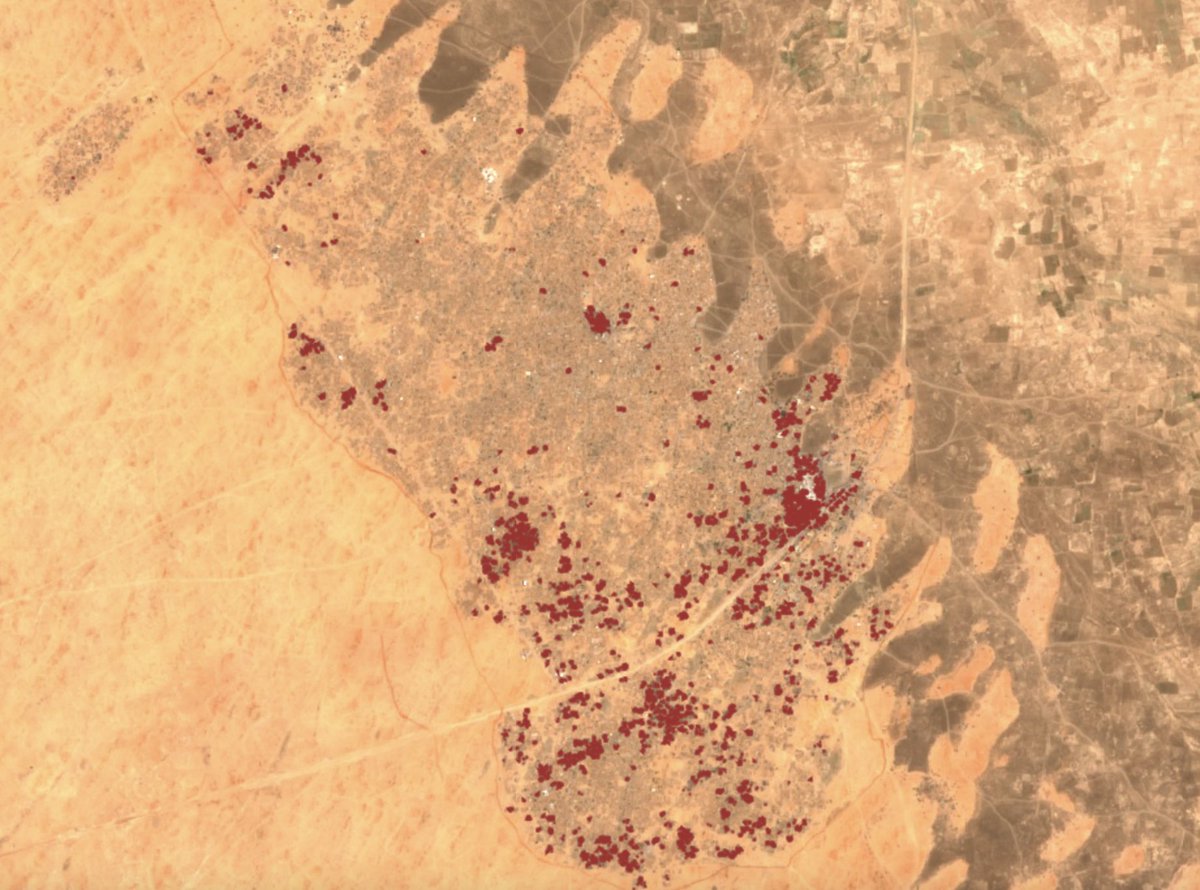
Michael Cruickshank
@mj_cruickshank
Geospatial analyst and former journalist from 🇦🇺. Currently building 'Anthropocene Analytics' - an urban critical infrastructure resilience modelling project.
ID: 2399928805
https://michaelcruickshank.me 20-03-2014 14:03:02
11,11K Tweet
8,8K Followers
4,4K Following




If anyone has read Ada Palmer's series 'Terra Ignota' and/or likes political philosophy, I will be hosting a three-part discussion group focusing on some of the political ideas in the books with Interintellect 🧭 First discussion will be on April 17: interintellect.com/salons/the-wor…

In Ada Palmer’s Terra Ignota, a non-geographic nation-state challenges traditional borders. This discussion with Michael Cruickshank explores its viability and whether it can prevent inter-state conflict in the modern world. interintellect.com/salons/the-wor…

Explore Ada Palmer’s Terra Ignota and the concept of the 'Non-Geographic Nation-State' in this discussion with Michael Cruickshank. The viability of this model raises important questions about the future. interintellect.com/salons/the-wor…





After centuries of peace, could humanity be more prone to war? Michael Cruickshank explores this unsettling question through Ada Palmer’s Terra Ignota in this second book club discussion.interintellect.com/salons/terra-i…



TOMORROW✨ 300 years of peace. No memory of war. What happens when it all snaps? Michael Cruickshank leads a new Terra Ignota Discussion: peace, power, and the return of conflict. interintellect.com/salons/terra-i…













